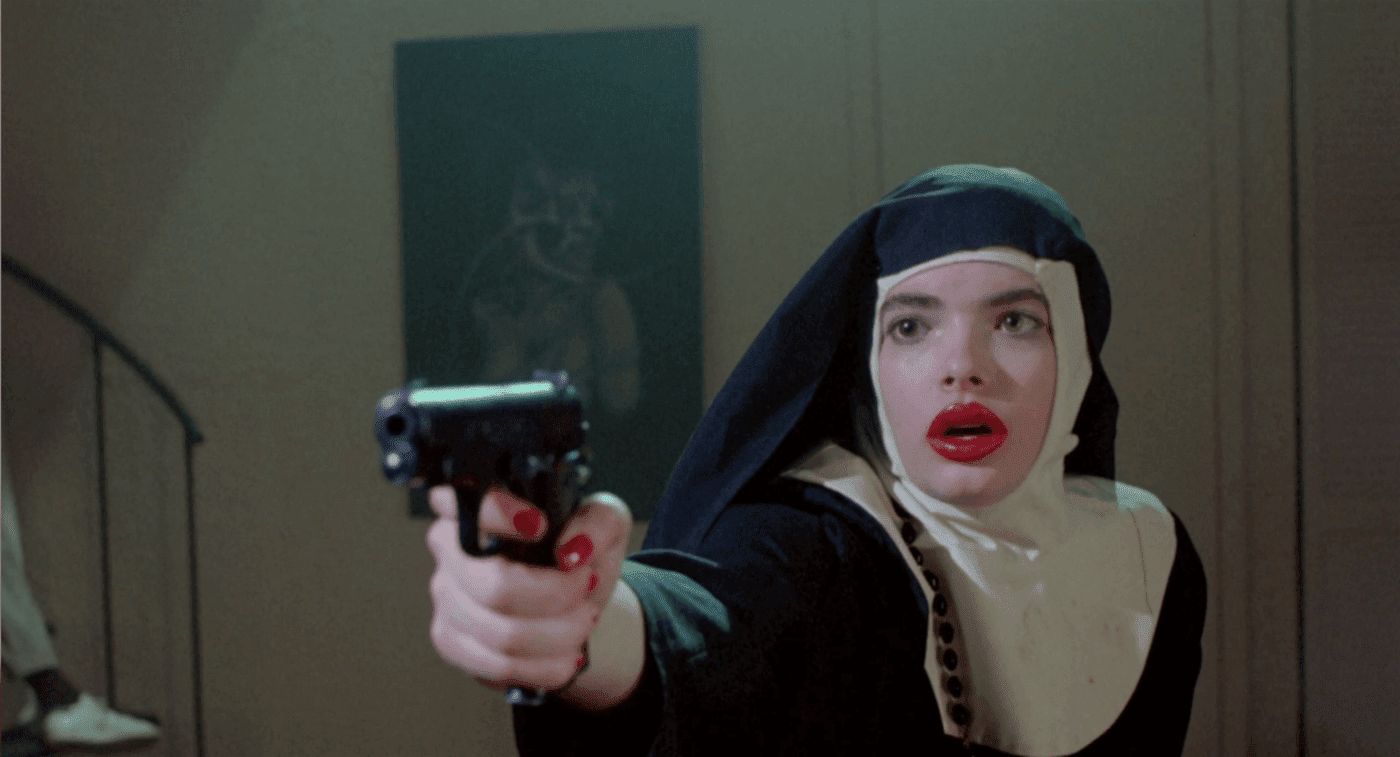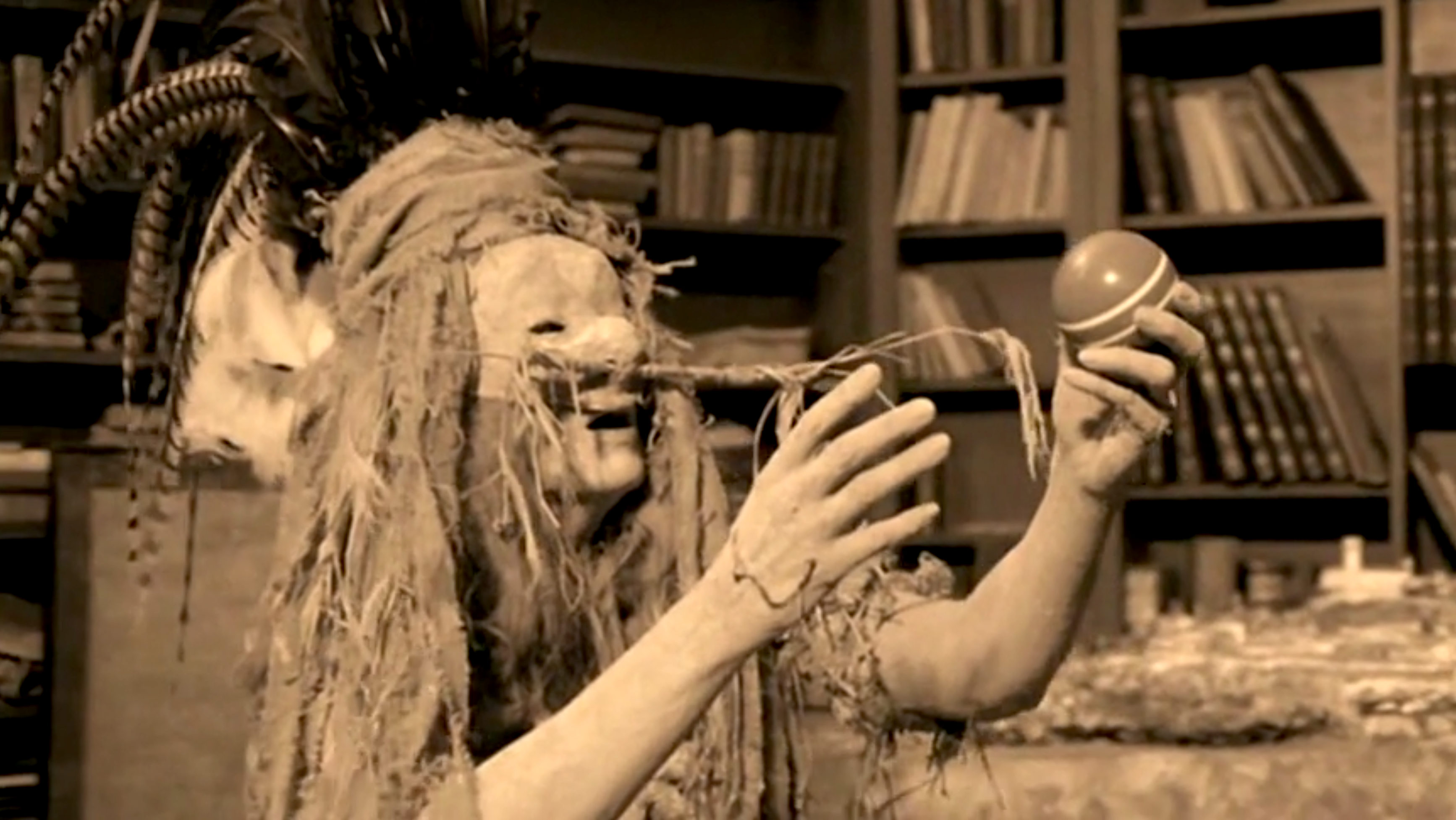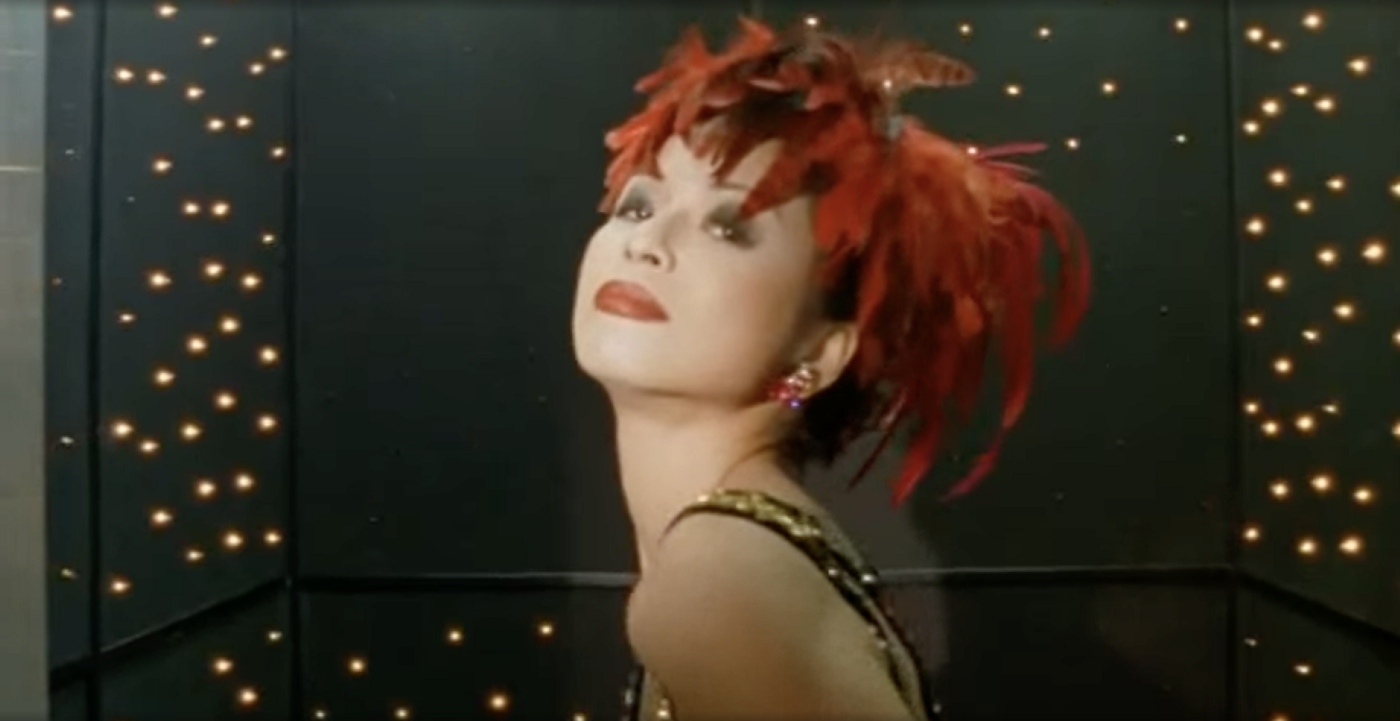
George Bernard Shaw said of Richard Wagner “He’s better than he sounds.” This could be said about both Jean Luc-Godard and Charlie Parker. Both men challenged the status quo of their respective media and in so doing confused and alienated a portion of their audience. What they did was understood by many of the initiated aficionados but confounding for everyone else. This made both of them targets of both praise and derision.
In the 1940s, swing jazz had been the music of choice in night clubs, households and dancehalls all over America. 70% of records sold were jazz records. Jazz became a big industry and increasingly turned away from innovation and toward simple dance arrangements to keep hold of the popular market. Jazz also became increasingly white. What had been the product of juke joints, and the black bars of New Orleans became a music dominated by big bands of white men in matching suits. Much of this was mandated by both the law as well as the record industry. Blacks and white were not permitted to play together.
There was however, a work around. There had always been a tradition that after a night playing swing for the dance crowd, the musicians would gather in private to push the envelope and compete with each other. They didn’t care about race, or the latest trend on the dance floor. They were playing jazz for jazz sake. Parker was a product of these late night jam sessions
Charlie Parker and Dizzy Gillespie’s new style was called “Bee Bop” and it was a jazz musicians’s jazz. You couldn’t dance to it. You couldn’t eat dinner with it on in the background. It was music that was meant to be actively listened to. For many people this was a deal breaker. If they couldn’t dance to it or make out to it, what was it good for? It was hard to follow and ridiculously fast. All the audience could do is pay close attention and admire the virtuosity. Parker’s audience was a small and select group.
Godard’s origins and motivations are similar to Parker’s. Godard entered the movie world just as the medium was reaching a turning point. France had changed its film policies and was now flooded with American, Hollywood movies. Like rock ’n’ roll on the radio, Hollywood threatened to overrun the world of French film and fill the theaters with Alfred Hitchcock and John Ford. As a critic Godard had a love/hate relationship with these American invaders. When Godard watched Hitchcock films he saw through the structure and the editing to the grammar of the images. What he saw was analogous to what Parker saw. Parker saw that what really mattered in a given piece of music were the chord changes. If you could hit the changes at the right time they would anchor whatever you wanted to do in between. You could wander to far away places, unexpected places, if you understood the underlying structure. This is what Godard saw in conventional film. He saw the equations behind the images that allowed you to calculate what will result from adding image to image.
Instead of Bee Bop, Godard began The Nouvelle Vague, The New Wave, but like Bee Bop what Godard made was not for the casual consumer. He made films for filmmakers. Like Parker, Godard was virtuosic but hard to understand. They both shared a spontaneity in how they engaged their medium. Hitchcock storyboarded his entire film before shooting. Godard did not make such thorough plans. Godard and Parker worked on the move. Both men experimented until they discovered their work as opposed to constructing it from carefully laid plans. A third artist who worked this way and fell under similar criticism is Pablo Picasso. Picasso did not plan out a cubist painting. Rembrandt knew what his goal was from the beginning of his paintings. He prepared the canvas to receive a specific image right from the first brush stroke. Picasso didn’t know where he would end up until he was there.
Picasso, Parker and Godard were accused of being cold, and analytical by their peers and critics. Where Rembrandt invited the viewer to meet his subjects and ponder their personality, Picasso used his subjects as objects to be disassembled and explored. Where Louis Armstrong invited revelers to revel, Parker allowed you to observe his experiments. Where Hitchcock drew you into a narrative until you forgot your surroundings and got caught up in the action, Godard dismantled all the tricks of the trade and displayed the inner workings for your examination.

In an unorthodox use of the word, Picasso, Parker and Godard were all “conceptual” artists in that the physical appearance of their work was not the sole goal. There were ideas governing the shape and nature of their work instead of straight aesthetic concerns. By the time Duchamp presented his urinal the physical artwork was practically irrelevant. It had become merely a reference point to begin a dialogue.
Every art form goes through these phases. There are artists, writers, philosophers, and filmmakers who build upon what came before them, and then there are those who look to tear apart the past to make way for the new. The difference is between construction and deconstruction. Often the most successful artists are hybrids of the two. John Cassavetes managed to challenge film in similar ways to Godard but Cassavetes also maintained a love for the medium and its history. His films break many rules, not for the sake of revolution but for the sake of the film. When Cassavetes wanted to convey intensity he took the camera off the tripod and shoved it in to the action. There are reasons for his transgressions that pay off in the final product. Many of Godard’s transgression just make the film harder to follow or enjoy.
Both Godard and Parker were profoundly talented and insightful but sitting through their revolutions can be a chore. Godard’s disdain for film, for actors, for the whole medium emanates like a foul odor from his films. Godard once said, “He who jumps into the void owes no explanation to those who stand and watch.” This illustrates his relationship to his audience.

Parker was a warmer person with a deep love for his music. There is an earnestness and sincerity in Parker that Godard lacked. However Parker was so focused on his music that he seemed to forget his audience. This is both liberating and limiting. It frees Parker up to travel to strange new places, but it makes it hard to follow him there. His confidant Dizzy Gillespie always included a little humor, a little swing, and a few reference points to help the listener follow him in his travels.
Art does not need to be popular or accessible. Godard’s films and Parker’s music were great accomplishments. They became the founding markers of new movements and served as catalysts in bringing about profound change. At the same time their works are fundamentally unappealing. They are akin to bad tasting but effective medicine.If you enjoyed this article click here for more
www.filmofileshideout.com/archives/entertainment-and-the-films-of-akira-kurosawa-and-ingmar-bergman




Bee Bop??? Are you for real???